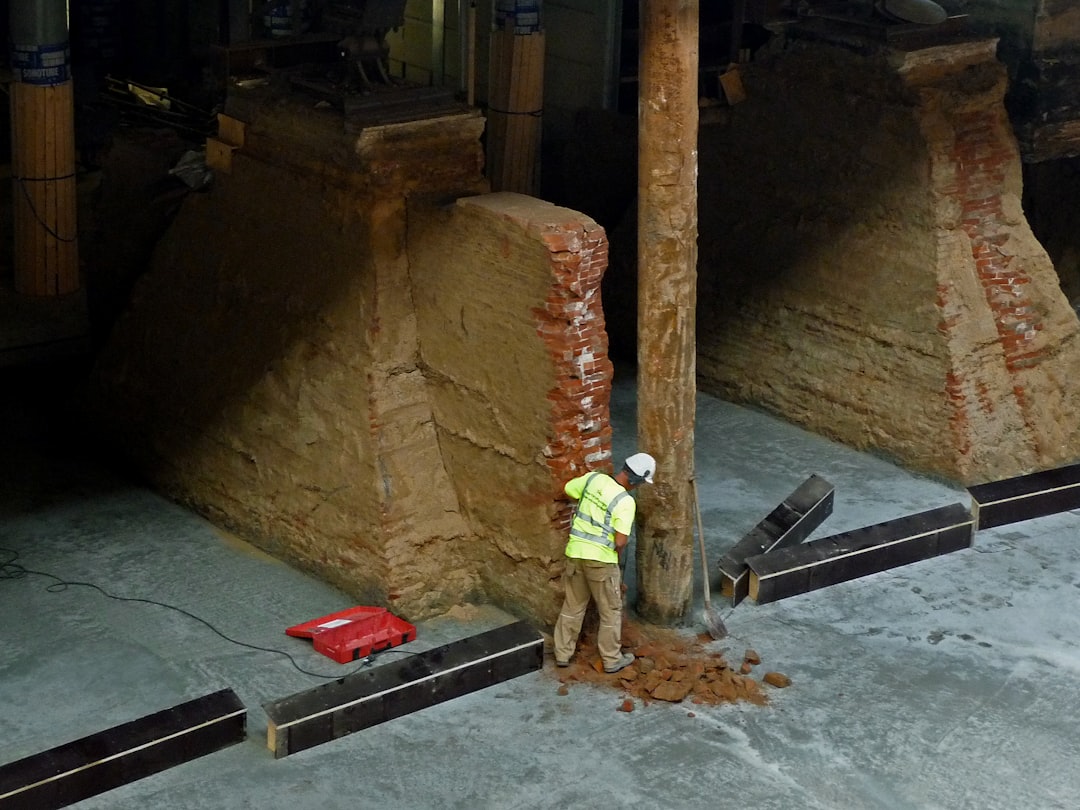
Few Michigan homeowners escape Lansing’s damp summers and snow-melt springs without noticing musty odors, peeling paint, or rust on stored tools. These warning signs trace back to one culprit: consistently high humidity below grade. A properly sized basement dehumidifier does more than feel comfortable—it protects framing, insulation, and finished spaces from costly moisture damage. As Lansing’s trusted residential construction technology partner, CountBricks combines AI-generated takeoffs with field-tested installation methods to keep your basement healthy year-round.
• Heavy clay soils trap water against foundation walls, raising interior relative humidity
• Drastic freeze-thaw cycles create micro-cracks that let moisture seep into block cores
• Many homes built before 1990 lack continuous vapor barriers and insulated rim joists
• Added square footage from finished basements increases the stakes for mold prevention
1. AI Blueprint Analysis – Upload your existing plans to CountBricks.com/blueprint-takeoff. Our model measures basement volume, envelope type, and vent locations in minutes.
2. On-Site Moisture Mapping – A CountBricks technician places data loggers for 48 hours, capturing temperature swings and dew-point spikes unique to your home.
3. Dehumidifier Sizing Report – We convert readings into CFM and pint-per-day requirements, eliminating guesswork and overspending.
• Capacity: Most unfinished basements under 1,200 sq ft need 50–70 pints/day, while finished levels with carpeting often require 70–95 pints.
• Low-Temperature Performance: Select models rated to 36 °F to handle shoulder seasons without frost buildup.
• Integrated Pump: Continuous drainage prevents overflowing when occupants forget to empty reservoirs.
• Ducting Options: For multi-room layouts, CountBricks fabricates short-run flex ducts that distribute dry air evenly.
1. Electrical Readiness – Our electricians add dedicated 15-amp GFCI outlets as part of CountBricks.com/services.
2. Condensate Routing – We slope PVC to the sump pit or exterior daylight, eliminating tripping hazards from surface hoses.
3. Smart Controls – Wi-Fi modules sync with our mobile app, letting homeowners verify RH levels and energy use remotely.
4. Commissioning – A final blower-door test confirms pressure balance so your furnace or HRV stays efficient.
• Dehumidifier unit: $480–$1,050 depending on capacity
• Electrical and drainage labor: $240–$460
• Smart controller & app integration: $90–$150
• Total typical project range: $810–$1,660
With our real-time pricing engine, your estimate auto-updates as you discuss options over live voice chat—no waiting days for a revised quote.
• 38 % average reduction in mold-related remediation costs over ten years
• 15 % HVAC energy savings by keeping ambient RH within ASHRAE comfort band
• Higher resale value thanks to documented indoor-air-quality improvements in your CountBricks.com/portfolio report
How loud are today’s basement dehumidifiers?
Most premium units operate at 50–55 dB—about the volume of quiet conversation. CountBricks installs vibration-isolating pads to dampen sound further.
Will a dehumidifier replace the need for waterproofing?
No. We treat it as the third layer of defense after exterior drainage and interior membrane solutions. Ask about combined packages on your next call.
Can I install one myself?
DIY units can work for small spaces, but improper drainage and electrical loads risk water spills or breaker trips. CountBricks guarantees code compliance and warranties the labor.
Ready to breathe easier? Click “Instant Estimate” on CountBricks.com, or call our Lansing office for a same-week site assessment. In under 30 minutes, we’ll show you exactly how affordable a dry, comfortable basement can be.

A recent project on Lansing’s west side illustrates the CountBricks difference. The homeowners planned a 650 sq ft media room but battled 78 % relative humidity each spring. Mold had already surfaced behind the stud walls.
1. Moisture Audit – Data loggers revealed daily dew-point spikes of 70 °F despite a 68 °F air temperature.
2. Structural Fixes – CountBricks crews installed an interior drainage channel and closed-cell spray foam on rim joists.
3. Precision Dehumidification – AI sizing called for a 70-pint, low-temp unit ducted to two finished rooms. A condensate pump discharged to the existing sump.
4. Smart Monitoring – The homeowners track humidity on the CountBricks app; alerts trigger if RH exceeds 55 % for more than two hours.
• Average RH stabilized at 47 %
• Zero mold regrowth confirmed by third-party air testing
• 12 % reduction in whole-home HVAC run-time
• Basement remodel completed on schedule with no change orders
• Schedule dehumidifier rough-ins before drywall to hide ductwork and power lines
• Pair moisture control with insulated subfloors to block ground-source cold and condensation
• Log humidity data for at least two seasons; CountBricks uploads readings directly to your project file for warranty validation
Whether you’re converting a storage space into a guest suite or protecting valuable heirlooms, CountBricks offers end-to-end moisture management—design, materials, and installation—in one transparent package. Visit CountBricks.com/consultation to book an appointment and see how our AI tools make dry basements both affordable and predictable.